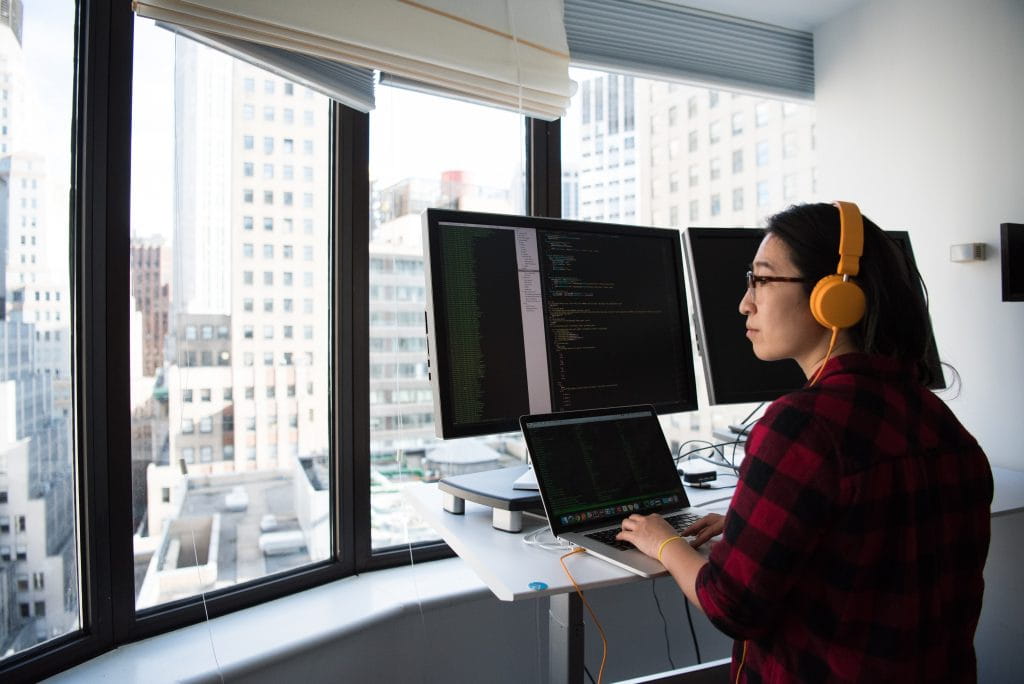
Since the Italian government issued its first decree to contain the coronavirus outbreak on February 23, 2020, the number of agile workers in the country has doubled, rising to over a million. And the number is still growing. The steps taken by the Government made the practice of agile working more straightforward: the decree permits smart working in exceptional circumstances, even when no individual agreement has been made between employer and employee. According to data from the Ministry of Labour, 554,754 workers have been sent to work from home in recent weeks.
Even before the outbreak of the epidemic in Italy 570,000 workers already enjoyed the flexibility and autonomy to choose when and where they worked. Research by the Smart Working Observatory of the School of Management at the Polytechnic in Milan highlighted a 20% increase in 2019 compared to the previous year. What’s more, one in three workers feel fully engaged in the organisation where they work and share its values, goals and priorities. These data lead to an interesting reflection: in Italy, the spread of smart working was slow but people increasingly liked it. Today, it is no longer a choice: smart working is not a privilege but rather an obligation, where the practice is possible.
Once this emergency is over, will Italy be able to create a standard out of the largest ever experiment in agile work that the country has ever seen? In the opinion of many experts, smart working should become a standard rather than an exceptional practice.
“We need to realise that it is not important where you are but if you are on,” explains Arianna Visentini, a PhD in labour relations and co-author with Stefania Cazzarolli of ‘Smart Working: mai più senza’ (Smart Working: never be without it) published by Franco Angeli in October 2019. “Technology has made it possible for us to carry out tasks that, until just a few years ago, could only be done at the office. Now we are able to work, send emails, write plans, draw up reports and hold meetings from the devices at our disposal. What is important is not where we are but if we are connected.”
Leaving the emergency aside, it is two years since Law 81/2017 came into effect with “measures to protect autonomous non-entrepreneurial work and measures aimed to facilitate flexibility in working hours and place of work for subordinate work.” How much progress has Italy made in the meantime? Once again according to data from the Observatory at the Polytechnic of Milan, 58% of large companies kicked off smart working projects in 2019, a slight rise compared to the 56% reported in 2018. A further 7% of these companies have introduced informal schemes and 5% plan to do so over the next 12 months. Of the remaining 30%, 22% say that they will probably introduce the practice in the future and just 8% do not know or show no interest in doing so.

“Those companies,” Visentini continues, “with agile working schemes usually have a head of human resources who, in addition to administrative skills, also has the expertise to manage people, motivation, productivity and a goal-focused approach. They are usually medium-to-large size companies attentive to innovation and the well-being of their employees, eager to attract and retain the best talents on the market. This doesn’t mean that small companies don’t do it. They often set aside days for smart working, but it is not regulated by a formal agreement.”
The adoption of smart working has also increased among small-to-medium size enterprises: formal schemes rose from 8% in 2018 to 12% in 2019 and informal schemes from 16% to 18%. What can be said of public authorities? The COVID-19 emergency has encouraged smart working in the sector where previously very little use was made of it (12%).
However, we should be careful that we do not consider smart working simply as a tool to improve work life balance. The benefits are many and varied. “Employees,” Visentini explains, “save time (on average around 90 minutes a day) and money (between 25 and 30 euro a day saved on pre- and after school care, babysitters, meals, transport, laundry, eating out, car maintenance) but also improve the quality of their life, health and well-being. Enterprises are able to rationalise workspaces making them more collaborative and less costly; they save money on travel and meal expenses. Absenteeism is lower and employees need to take fewer hours off because they can make up the hours from the time they save every day. All this has a positive effect on the environment too. If we consider the amount of C02 each one of us would no longer produce, it’s as if we planted 18 trees a year by smart working 3.5 days per month.”
Working ‘smart’ does not mean working less and badly. “Trust, responsibility, collaboration, goals, freedom,” Visentini points out, “should not be underrated. You need skills and practice to make smart working successful. We have been used to working by inertia, arriving in the office and waiting for instructions. Now we all need to identify the added value we bring to our work, set ourselves goals and independently manage our time and the tools we need. Those who manage other people need to learn to give them space and trust and to use new ways of assessing staff which are not just based on their physical presence in the office.”
“We need new ways of assessing staff which are not just based on their physical presence in the office.”
Arianna Visentini, co-author of ‘Smart Working: mai più senza’ (Smart Working: never be without it)
You need to be prepared for smart working. “First of all,” Visentini continues, “you need to be fully aware of how the world of work is changing. We all need to understand the added value that each one of us brings to the organisations where we work and ensure it is visible. Knowing how to carry out routine tasks or just follow instructions is no longer the most required skill. It is more important to know how to use technology, devices, apps; to be aware of our goals and share them with our colleagues; to communicate effectively; to be accountable, transparent and responsible making sure that the results of our work are evident; to know how to manage time and set priorities. Managers who can no longer count on the physical presence of their teams to measure the quality of their work will need to evolve or improve their ability to manage people. They will need to set goals, identify key performance indicators and motivate. Training and putting these new skills into practice is becoming indispensable – not just for agile working but also to make our enterprises altogether smarter and more efficient.”



